L-Cysteine hydrochloride anhydrous
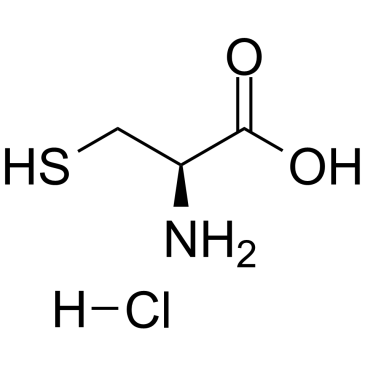
L-Cysteine hydrochloride anhydrous structure
|
Common Name | L-Cysteine hydrochloride anhydrous | ||
|---|---|---|---|---|
| CAS Number | 52-89-1 | Molecular Weight | 157.619 | |
| Density | N/A | Boiling Point | 293.9ºC at 760 mmHg | |
| Molecular Formula | C3H8ClNO2S | Melting Point | 140-142ºC | |
| MSDS | Chinese USA | Flash Point | 131.5ºC | |
| Symbol |

GHS07 |
Signal Word | Warning | |
Use of L-Cysteine hydrochloride anhydrousL-Cysteine hydrochloride is a conditionally essential amino acid, which acts as a precursor for biologically active molecules such as hydrogen sulphide (H2S), glutathione and taurine. L-Cysteine hydrochloride suppresses ghrelin and reduces appetite in rodents and humans[1]. |
| Name | L-Cysteine hydrochloride |
|---|---|
| Synonym | More Synonyms |
| Description | L-Cysteine hydrochloride is a conditionally essential amino acid, which acts as a precursor for biologically active molecules such as hydrogen sulphide (H2S), glutathione and taurine. L-Cysteine hydrochloride suppresses ghrelin and reduces appetite in rodents and humans[1]. |
|---|---|
| Related Catalog | |
| References |
| Boiling Point | 293.9ºC at 760 mmHg |
|---|---|
| Melting Point | 140-142ºC |
| Molecular Formula | C3H8ClNO2S |
| Molecular Weight | 157.619 |
| Flash Point | 131.5ºC |
| Exact Mass | 156.996429 |
| PSA | 102.12000 |
| LogP | 0.83040 |
| InChIKey | IFQSXNOEEPCSLW-DKWTVANSSA-N |
| SMILES | Cl.NC(CS)C(=O)O |
CHEMICAL IDENTIFICATION
HEALTH HAZARD DATAACUTE TOXICITY DATA
MUTATION DATA
|
| Symbol |

GHS07 |
|---|---|
| Signal Word | Warning |
| Hazard Statements | H315-H319-H335 |
| Precautionary Statements | P261-P305 + P351 + P338 |
| Personal Protective Equipment | dust mask type N95 (US);Eyeshields;Gloves |
| Hazard Codes | Xi:Irritant |
| Risk Phrases | R36/37/38 |
| Safety Phrases | S26-S36 |
| RIDADR | NONH for all modes of transport |
| WGK Germany | 2 |
| RTECS | HA2275000 |
| HS Code | 2930909090 |
|
~92% 
L-Cysteine hydr... CAS#:52-89-1 |
| Literature: Mercey, Guillaume; Bregeon, Delphine; Gaumont, Annie-Claude; Levillain, Jocelyne; Gulea, Mihaela Tetrahedron Letters, 2008 , vol. 49, # 46 p. 6553 - 6555 |
|
~14% 
L-Cysteine hydr... CAS#:52-89-1 |
| Literature: Threadgill, Michael D.; Gledhill, Adrian P. Journal of Organic Chemistry, 1989 , vol. 54, # 12 p. 2940 - 2949 |
|
~% 
L-Cysteine hydr... CAS#:52-89-1 |
| Literature: Coyle, Susan; Hallett, Allan; Munns, Michael S.; Young, Geoffrey T. Journal of the Chemical Society, Perkin Transactions 1: Organic and Bio-Organic Chemistry (1972-1999), 1981 , p. 522 - 528 |
| Precursor 3 | |
|---|---|
| DownStream 10 | |
| HS Code | 2930909090 |
|---|---|
| Summary | 2930909090. other organo-sulphur compounds. VAT:17.0%. Tax rebate rate:13.0%. . MFN tariff:6.5%. General tariff:30.0% |
|
Selective growth-inhibitory effect of 8-hydroxyquinoline towards Clostridium difficile and Bifidobacterium longum subsp. longum in co-culture analysed by flow cytometry.
J. Med. Microbiol. 63(Pt 12) , 1663-9, (2014) The major risk factor for Clostridium difficile infection (CDI) is the use of antibiotics owing to the disruption of the equilibrium of the host gut microbiota. To preserve the beneficial resident pro... |
|
|
Quantification of 3-MCPD and its mercapturic metabolite in human urine: validation of an LC-MS-MS method and its application in the general population.
Anal. Bioanal. Chem 407 , 4823-7, (2015) A new method for the simultaneous quantitative determination in human urine of 3-monochloropropane-1,2-diol (3-MCPD), a toxic food contaminant, and its metabolite, 2,3-dihydroxypropyl mercapturic acid... |
|
|
In situ hydrogen, acetone, butanol, ethanol and microdiesel production by Clostridium acetobutylicum ATCC 824 from oleaginous fungal biomass.
Anaerobe 34 , 125-31, (2015) An in situ batch fermentation technique was employed for biohydrogen, acetone, butanol, ethanol and microdiesel production from oleaginous fungal biomass using the anaerobic fermentative bacterium Clo... |
| EINECS 200-157-7 |
| l-Cys hydrochloride |
| MFCD00064553 |
| (R)-2-Amino-3-mercaptopropanoic acid hydrochloride |
| L-Cysteine hydrochloride |
| Cysteine, hydrochloride, L- |
| L-Cysteine hydrochloride (1:1) |
| L-Cysteine, hydrochloride (1:1) |
| QVYZ1SH &&L or R Form HCl |
| (R)-(+)-Cysteine hydrochloride |
| L-Cysteinhydrochlorid(1:1) |
| L-Cysteine hydrochloride anhydrous |

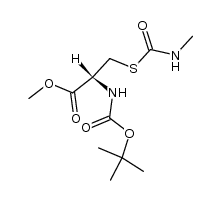
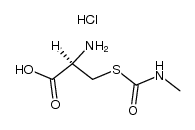
![(2R)-2-amino-3-[diphenyl(pyridin-4-yl)methyl]sulfanylpropanoic acid structure](https://image.chemsrc.com/caspic/007/62982-12-1.png)

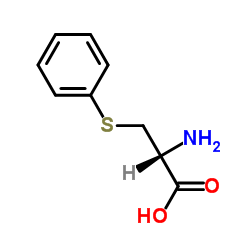 CAS#:34317-61-8
CAS#:34317-61-8![S-[N-BENZYL(THIOCARBAMOYL)]-L-CYSTEINE structure](https://image.chemsrc.com/caspic/454/35446-36-7.png) CAS#:35446-36-7
CAS#:35446-36-7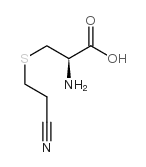 CAS#:3958-13-2
CAS#:3958-13-2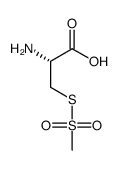 CAS#:351422-29-2
CAS#:351422-29-2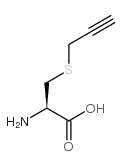 CAS#:3262-64-4
CAS#:3262-64-4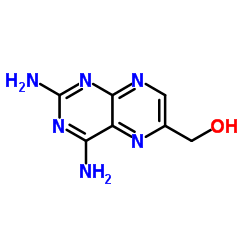 CAS#:945-24-4
CAS#:945-24-4 CAS#:4033-46-9
CAS#:4033-46-9 CAS#:190062-99-8
CAS#:190062-99-8 CAS#:19547-88-7
CAS#:19547-88-7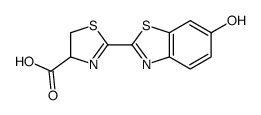 CAS#:20240-21-5
CAS#:20240-21-5
